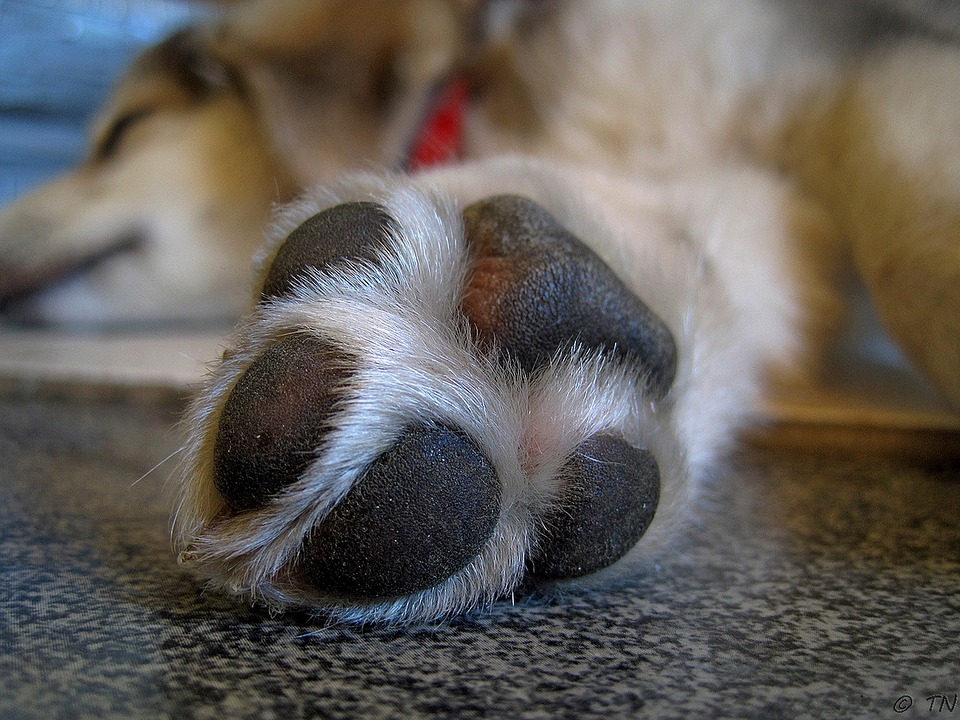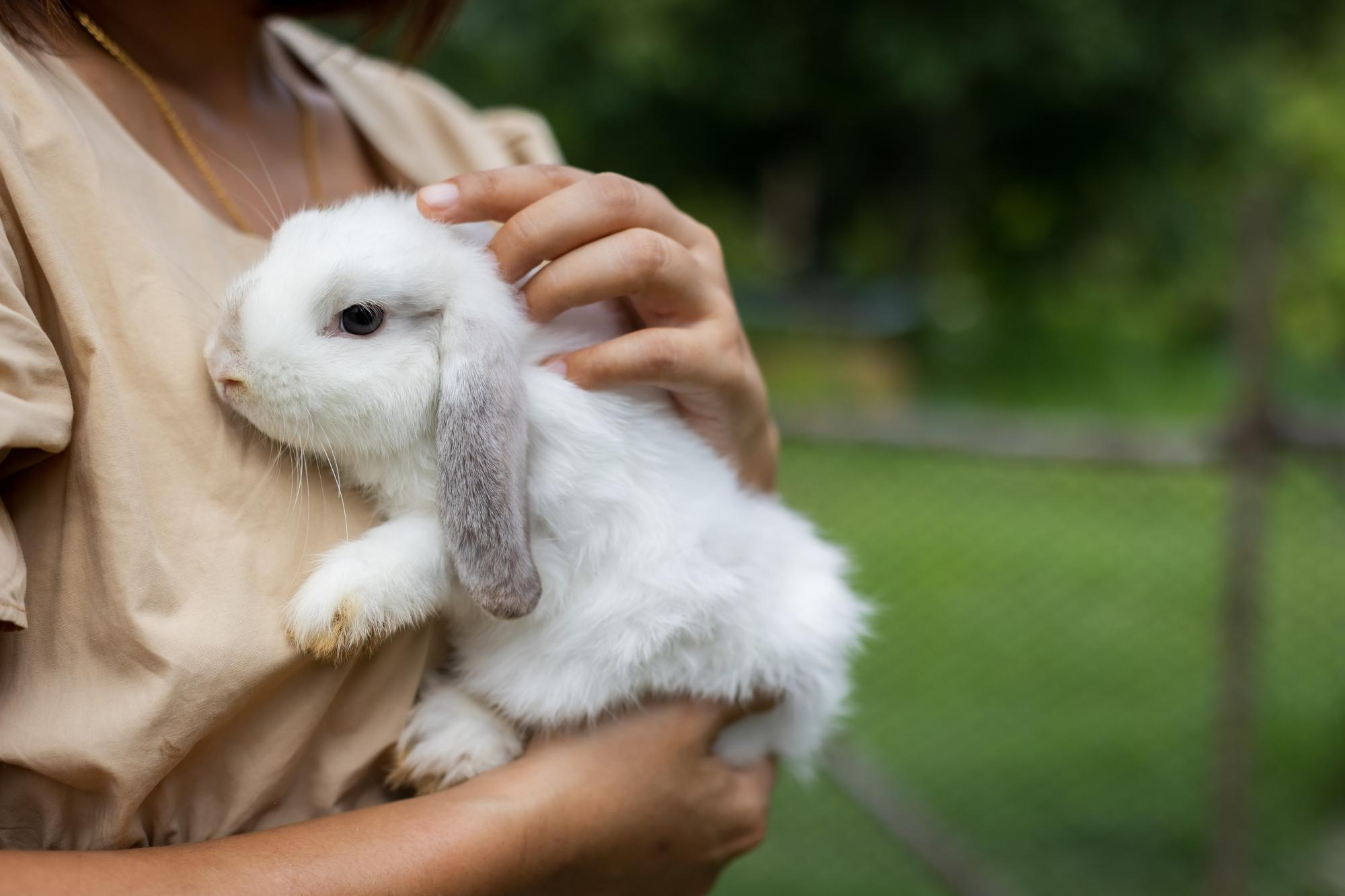If we humans ran around all day barefoot, we would have to endure frequent foot injuries. So instead, we wear shoes and boots to protect ourselves against the terrain, weather, and other hazards.
Dogs, on the other hand, typically do not wear any sort of footwear and are continuously exposed to a variety of potentially dangerous conditions. That’s when foot foreign bodies get in and a paw injury can occur.
Recognizing the Symptoms
While the symptoms and warning signs of paw injury will vary depending upon the type of injury that has occurred, most dogs experiencing a problem with one of their paws will favor that paw, limping and showing a reluctance to use the affected leg or foot. Thus, favoring a paw is the main warning sign of a dog paw injury while additional general symptoms include whining and other behavioral indications of pain and distress.
As lovely and wonderful our little four-legged companions are; it can be a stressful time for the family in the event of pet illness or with an unexpected medical condition.
While we would love your pets to be healthy and happy forever through preventive medicine and ongoing TLC, we realize that it is not always the case.
Pets are living longer, and like older humans can be prone to various illnesses. Also, with pets become more regular travel partners in this day and age; new infections may be encountered in places where they were never seen previously.
Getting the Right Diagnosis
In order to diagnose the specific type of paw injury that is affecting a canine patient, a veterinarian will be able to conduct a thorough physical examination. In most cases, it will be relatively easy for the practitioner to identify the specific problem that is bothering your pet.
While conducting the physical exam, the doctor will look for any clinical signs that can help to pinpoint the type of injury present. At this point, the veterinarian will also go over the animal’s medical history. This is the time where you, as the pet owner, can provide valuable information regarding your pet’s recent behaviors, symptoms, daily routines, and activities.
In the majority of cases, a physical examination and the canine’s medical history will provide sufficient information and clues for a diagnosis to be reached. However, in certain circumstances, further diagnostic tests such as x-rays can be used in order to confirm the presence of a broken bone while blood tests are useful with respect to checking for other possible underlying causes of injury.
Treatment for Paw Injury: A Case to Share
Our patient, a 7 year old Siberian Husky, presented for on/off again limping on right front paw. He started crying on the previous night and would not apply any weight on paw and was very painful on toe.
After being brought to Hastings Veterinary Clinic, we proceeded with examination and X-Ray of toe. Small black mark was noted on paw pad, upon contact with tissue forceps a 1 cm long metal wire was extracted from pad.
X-Rays proved normal with no indication of bone infection, patient was sent home on antibiotics and pain medication.
Within 3 days swelling was down and no lameness or licking of paw was noted. Re-check visit 2 weeks after treatment revealed complete improvement.
These interesting cases reinforce the need for regular checkups as well as follow-up re-evaluation in the case of pet illness.
We love follow-ups on our patients to help reach a cure and help prevent recurrent illness. For this reason, recheck visits recommended by our veterinarians are performed at no cost to the pet owner.
Creative Commons Attribution: Permission is granted to repost this article in its entirety with credit to Hastings Veterinary Hospital and a clickable link back to this page.
Image credit: Pixabay






